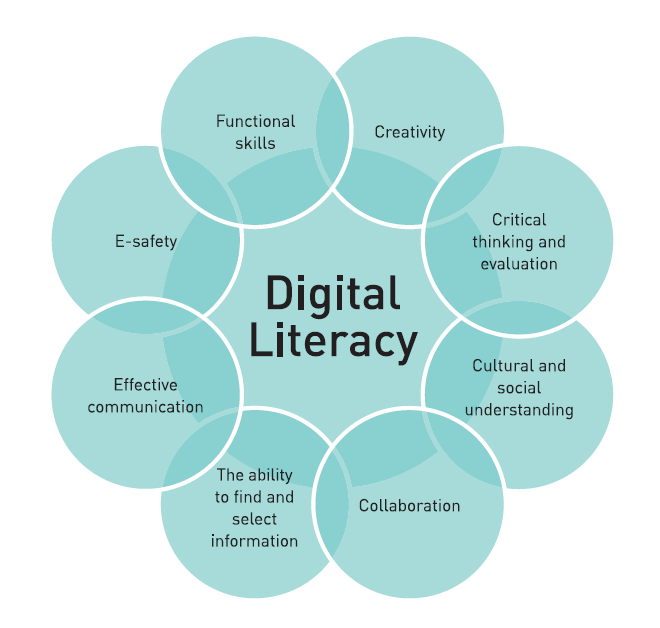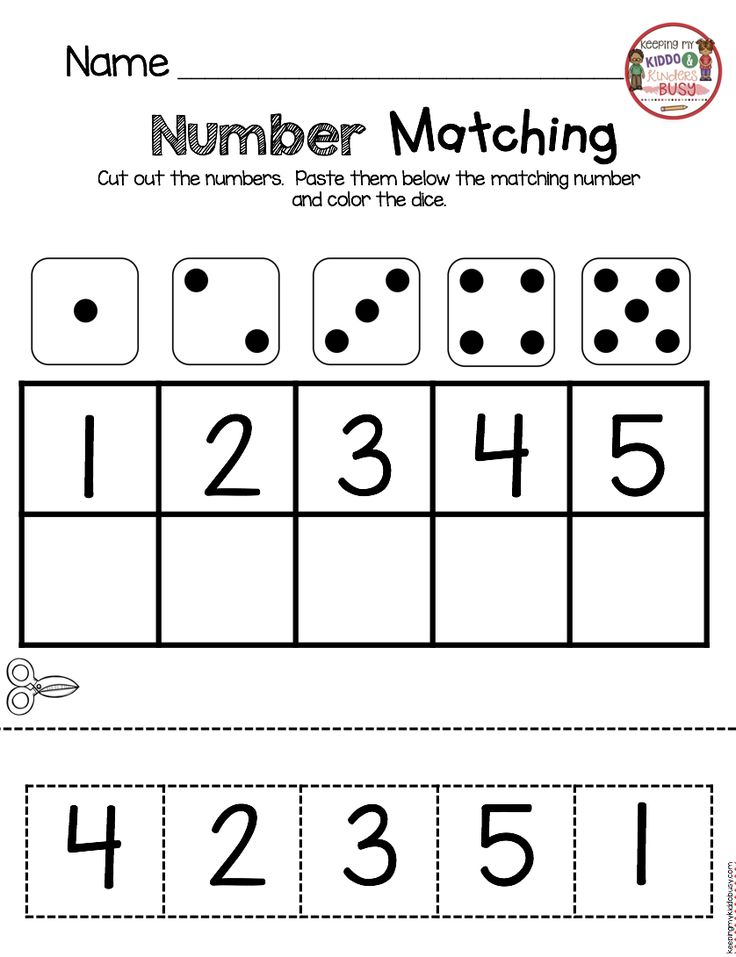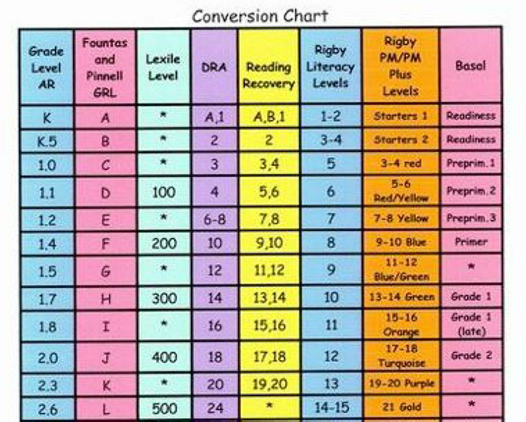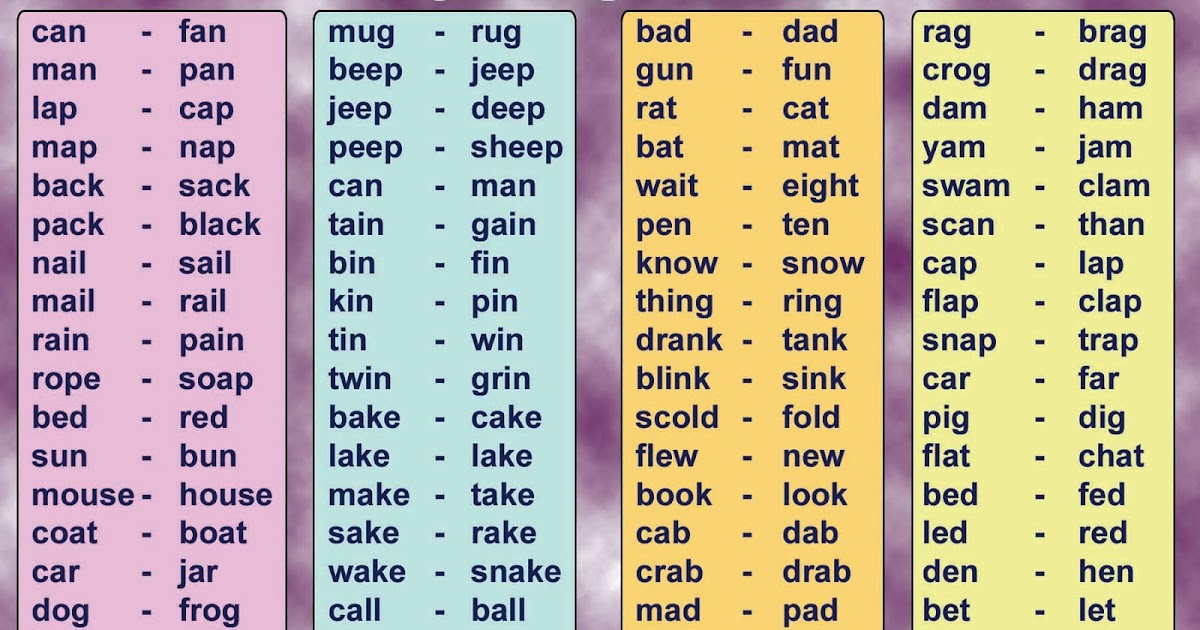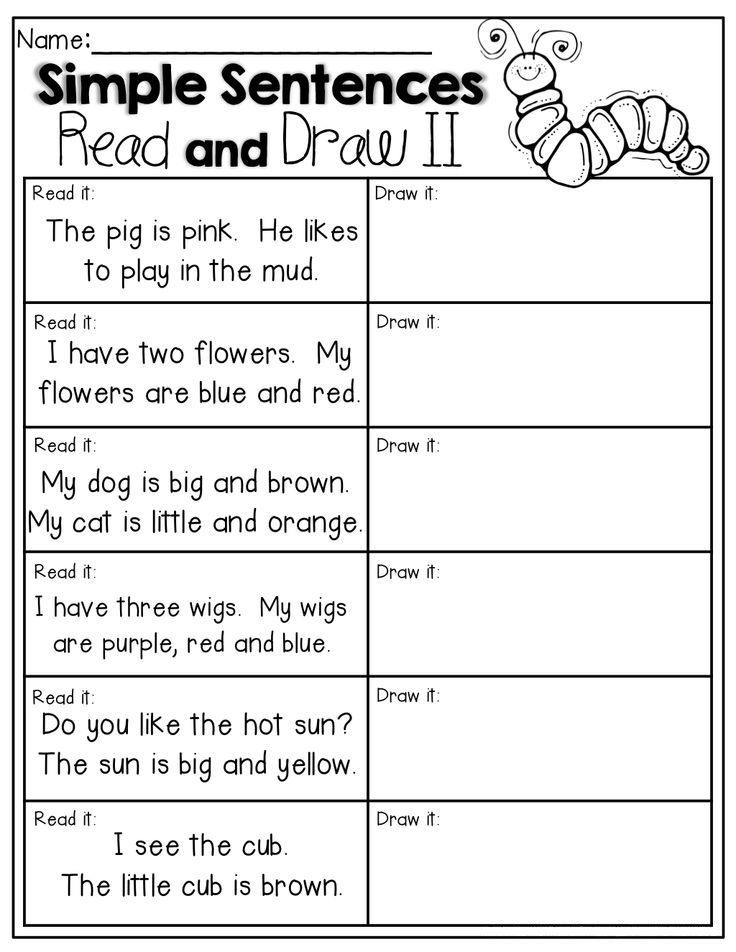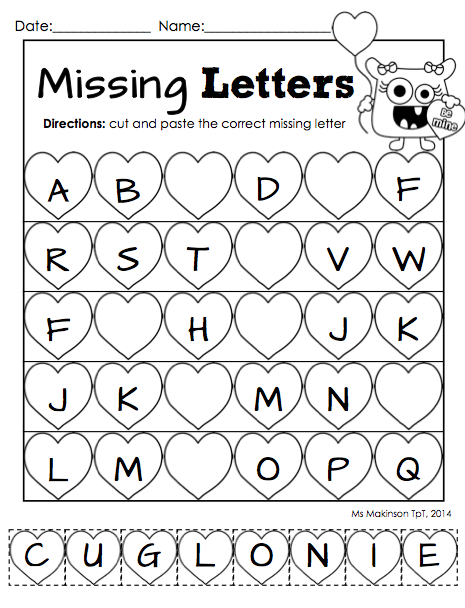What age does child learn colors
When Do Toddlers Learn Color? Questions Answered
Here’s a fun fact: Toddlers learn best during fun and play! Teaching colors can also be fun and interactive. Toddlers are naturally attracted to bright colors and teaching them how to recognize these colors can be effortless. This article will serve as an easy guide on how you can help your little ones learn and identify basic colors and shapes.
Image from Piqsels
When Do Toddlers Learn Colors
According to the American Optometric Association, an infant’s vision can significantly improve during the first few months after birth. Babies can already see shades of black, white, and gray while color vision will start to develop at around 4 months.
Depth perception will start developing after 5 months where your baby can see more clearly and follow movements with their eyes.
At 2 years of age, your child’s in-depth perception and eye-hand coordination should already be well developed. Children at this age are always on the move. Their curious little minds make them highly interested in looking around and exploring their environment. This is one of the best times to let them start learning colors and basic shapes.
Issues Toddlers Encounter When Learning Colors
Some children identify colors faster than others and some can identify only one or two. The rate of how fast kids learn multiple colors varies on their developmental stage. Frequent exposures through fun activities and color games can help strengthen your child’s color recognition skills.
Though learning colors may not be bright and sunny at all times. Parents encounter a lot of issues that hinder their child’s ability to tell color differences. For example, by presenting the same objects for color reference the child would likely associate those objects with their color name. For a child to be able to develop the ability to discern colors from the same object will take time and patience.
Developmental Issues in Learning Colors
Most children get confused with the different color shades at first, that is normal, you can’t expect every child to get it right the first time.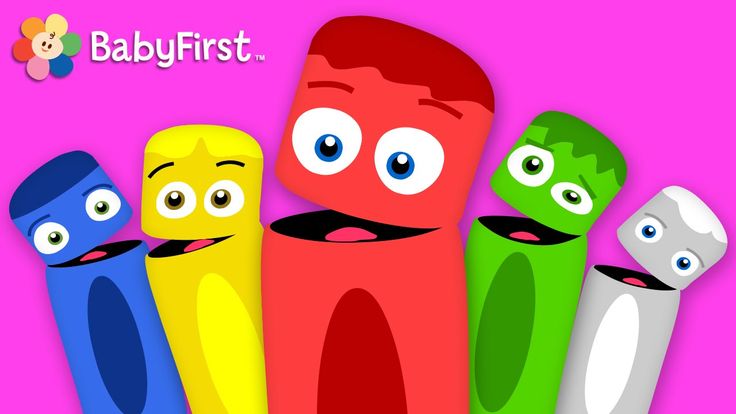
But in cases like, when your child is having difficulty verbally communicating the color names even if they know it or having trouble recognizing the green ball from the red one, aside from other colors, then they might be experiencing some developmental issues.
There are a lot of developmental concerns that can delay a child’s pattern of development. Color blindness, for one, can prevent the child from learning certain colors. Autism is another factor that can cause a developmental delay in learning shapes and color
Different Facets of Learning Shapes and Colors
For your little ones to be able to grasp the basic concept of color and recognize a shape is a developmental milestone. It is an age-specific task that young children can accomplish at a certain age.
We are living in a world filled with different colors that our children can see every day. From the blue sky to the green grass and a red ball in the backyard, your kids should be able to distinguish which color is which.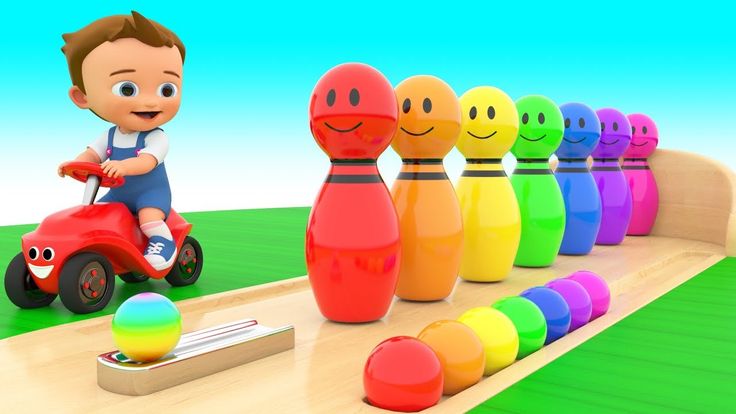
Allowing your child to be aware of the colors in their surroundings is understanding how important it is for them to understand the different aspects of learning colors.
Tips on How to Teach Colors and Basic Shapes to Toddlers
A toddler’s brain is like a sponge, they are ready to absorb everything that is going on around them. For them, the world is a big classroom. It is the perfect time for them to master foundations for future skills.
There are a lot of different ways that you can come up with creative ideas to help your child enjoy while learning. From indoor to outdoor activities to fun and games, the sky’s the limit. Here are some tips on how you can help your child learn the simplest forms of learning shapes and colors:
Related Read: How Can a Teacher Best Help My Child?
Try to Engage Them Is Simple Activities Like Painting and Color Matching
Trying to match the colors, like putting the blue block beside the blue shirt is one of the simplest ways to learn color matching. Aside from practicing their fine motor skills, it enhances their ability to recognize colors.
Aside from practicing their fine motor skills, it enhances their ability to recognize colors.
The idea of using colorful objects to help learn the primary colors is both fun and effective when dealing with toddlers.
Great Activity: 10 Cinco De Mayo Art Projects for Preschoolers to Celebrate Mexican Culture!
Painting is another creative and fun activity to help kids learn colors and shapes. Painting helps a toddler explore color mixing. It can be a little messy, but using washable paints can give your child the freedom to discover new colors on their own by mixing paints.
Image from PxHere
Same Color Games With Colorful Objects
Activities such as sorting red blocks from blue ones are also a fun way of encouraging the cognitive way of color sorting. You can also use flashcards or ask them to find objects around that house of the same color. Place down a colored paper on the table and let your child match it with the same colored block.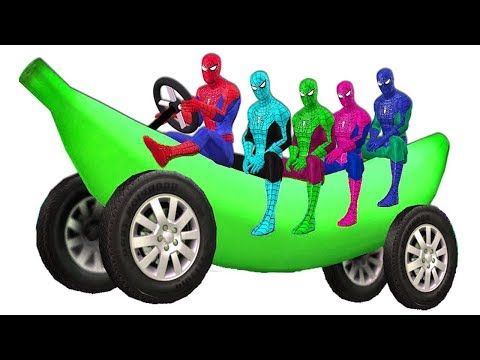
These kinds of activities can stimulate and reinforce your child’s mind to know the differences between various colors and objects they are trying to match. Color learning can also be a great way for parent and child bonding.
Learning perception is different between kids and adults. Kids mostly learn through association. Using colorful objects and associating them with different color names can be the best way to help them learn colors faster.
Engage Them With Coloring Activities
Color activities such as coloring books and color words are fun ways to keep them busy and occupied. Plus, it helps with color learning.
These types of activities can stimulate their creativity and also be an exciting way to introduce colors. Coloring materials can also foster their awareness of the different colors that they can use to color the whole image.
Allowing your child to take part in such activities can also strengthen their ability to focus, coordinate and cultivate their hidden creative talents.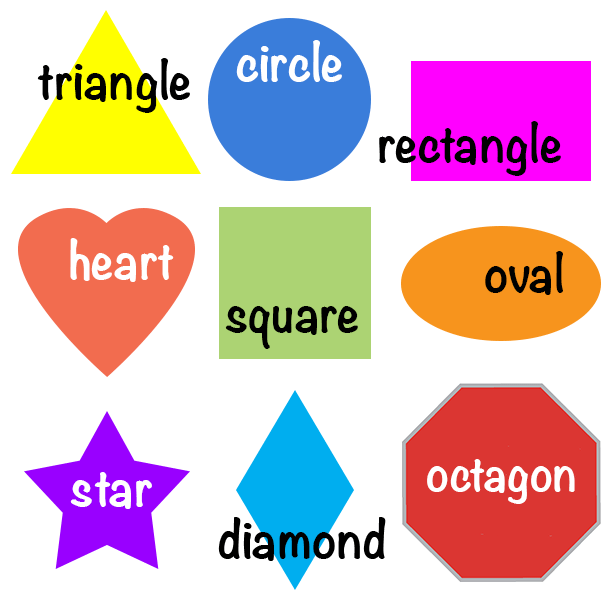 Letting them complete their coloring tasks can boost their self-esteem and sense of accomplishment.
Letting them complete their coloring tasks can boost their self-esteem and sense of accomplishment.
Related Read: How to Color Easter Eggs with Food Coloring & Natural Dyes
The Best Time Teach Shapes for Most Children
Most toddlers begin identifying primary colors at the age of 2 years old. But, naming shapes is a type of skill that might take a little longer to develop for some kids. Generally, at the age of 3, many children can already identify some of the more advanced shapes.
Common shapes such as squares, rectangles, triangles, and circles should already be recognized by toddlers aged 2 years old and above. It can be easily reinforced by pointing out objects inside the home that are shaped the same.
The Best Age for Toddlers to Learn the Alphabet
Learning the alphabet is another educational milestone that will prepare them in learning how to write and read in the future. Usually, young children should be able to recognize the alphabet at the age of three.
Though some will need more time to learn it, you can always help your child gain competency by teaching and encouraging them to sing the alphabet song daily. Colorful alphabet books and other visual aids can also make your child’s learning experience with letters fun and interactive.
Best Time for Toddlers to Start Learning Numbers
Introducing number recognition to toddlers is important to help them understand the concept of counting. Some children start counting from one to ten at the age of two. Though they can’t understand the concept, they can learn it through repetition.
Letting them count common objects that they can see around them is a great activity to exercise their mind. Kids learn faster if the topic interests them and using fascinating objects can keep them more engrossed with the learning activity. Though we all know that children learn and develop at different rates, learning numbers can happen in their own time.
Best Time for Toddlers to Learn Nursery Rhymes
Nursery rhymes can benefit toddlers through language and cognitive development. It is where they can learn new words, practice memorization, and easily recall. Nursery rhymes are also a great way to teach toddlers how to count and say the alphabet. But when is the best time to let your toddler memorize nursery rhymes?
It is where they can learn new words, practice memorization, and easily recall. Nursery rhymes are also a great way to teach toddlers how to count and say the alphabet. But when is the best time to let your toddler memorize nursery rhymes?
Most children who are exposed to nursery rhymes at a very young age can memorize and sing the tune at 2 years of age. By the time they are four, they can sing the tune with the lyrics. One of the best moments of being a parent is to watch your child sing along with their favorite nursery rhyme. It is both delightful and entertaining.
Best Time for Toddlers to Learn Sensory Skills
Toddlers use their sensory skills to explore the things around them. Sensory play and activities help promote a child’s sensory development. This can build up their ability to accomplish more complex tasks and support other skills such as language development, social interaction, problem-solving skills, and cognitive growth.
The best time for your toddlers to learn sensory skills is during the time when your child starts to react to different sensory experiences.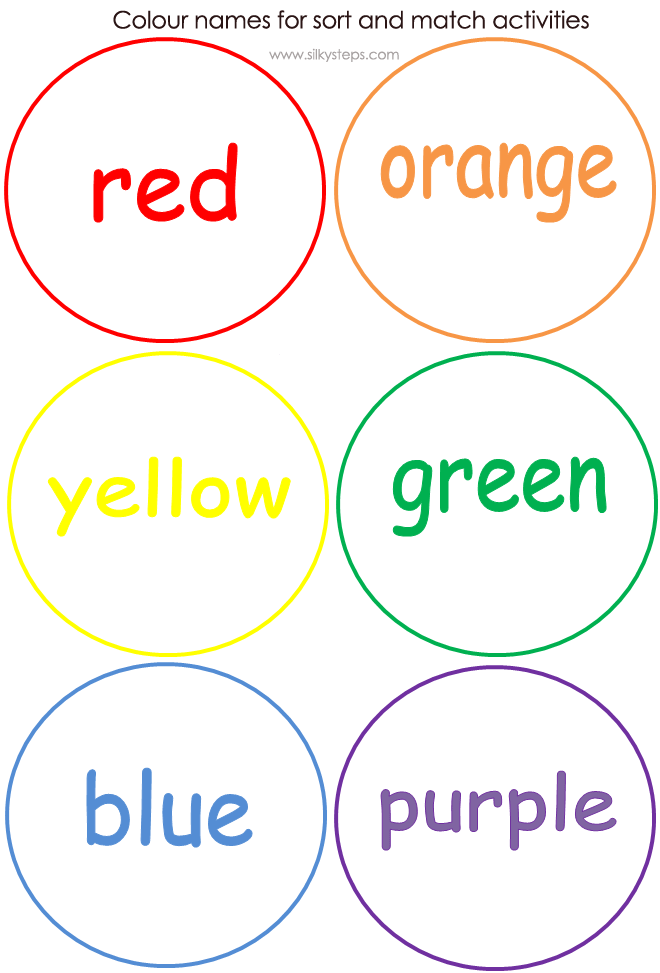 Providing your children with more opportunities to actively explore their senses is crucial for their brain development.
Providing your children with more opportunities to actively explore their senses is crucial for their brain development.
Newborns from 0-to 12 months will already start using their sensory skills as an observer. They take in new sensations such as sound, smell, taste, and texture as an active participant.
By the age of 12 months, they will start grabbing and putting things in their mouth. When they reach the toddler stage it is easier to introduce the different senses through sensory activities. At this rate, they are slowly trying to get a grip of what their senses are for.
Related Read: Are Exersaucers Bad for Babies?
Image from Flickr by Nenad Stojkovic
Frequently Asked Questions
Should a 2 Year Old Learn Colors?
A two-year-old may not be able to understand the concept of colors completely but they should be able to identify at least one color at this age. By this time, the child should learn how to name colors and identify basic shapes and numbers. Allowing them to participate in fun activities can effectively help them learn primary and secondary colors faster.
Allowing them to participate in fun activities can effectively help them learn primary and secondary colors faster.
What Age Should Toddlers Identify Colors?
Most children can identify at least 2 colors when they are 3 years old. It is also the best time to play a matching game using the different objects that can be seen around them. There are a lot of ways that you can help your toddler learn colors more quickly. You just have to be more patient and supportive when teaching them.
Final Thoughts
You can make learning fun and stimulating for toddlers to help them accomplish their developmental milestones. Some of the kids will develop their skills sooner than others but allowing them to learn at their own pace can help them enhance their ability to accomplish more complex tasks in the future.
More on Child Development
- When Do Babies Stop Drooling | Drooling Questions Answered
- When Do Babies Hold Their Head Up? Know your baby’s Motor Development
- When do Kids Start Talking?
When Do Kids Learn Colors?
by Tony
Disclosure: This post may contain affiliate links, meaning I get a commission if you decide to purchase through my links, at no cost to you. As an Amazon Associate, I earn from qualifying purchases. Read the full disclosure here.
As an Amazon Associate, I earn from qualifying purchases. Read the full disclosure here.
As a parent, you want to make sure your children stay on track developmentally. It can be easy to worry if you feel your child is behind. One concern many parents have involves learning colors. There can be a lot of misinformation and incorrect expectations when you just want to know, when do kids learn colors? To wade through the confusion, you need to know the timeline of development for learning colors and what activities can help your child advance.
When Do Kids Learn Colors?Your child’s ability to see color develops by four months. Since that time, you probably noticed your baby loves bright colors. Attraction to these colors is common for babies and seeing these colors aids in their ability to discern color later in life. The time it takes kids to learn their colors varies just like any other development stage.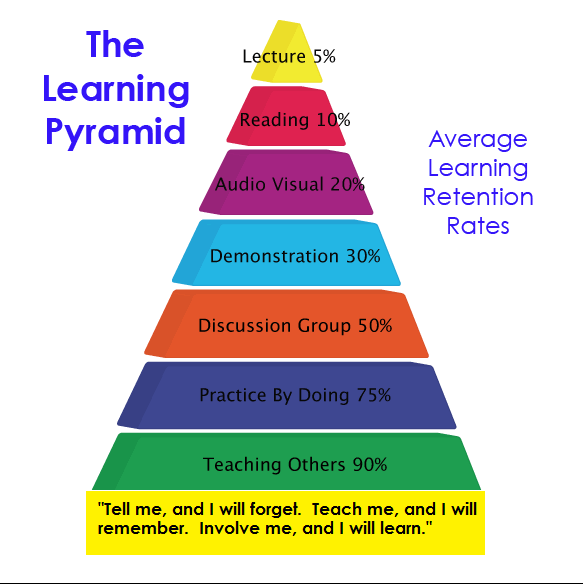 No child is the same, but kids recognize colors around 18 months. This development continues through age two. By age three, most children should know at least one color. The Centers for Disease Control recommends that children know multiple colors by age four. Some kids may even know more colors than that, but your cue to know if your kid is on track or not is the ability to identify at least one color by age three. At the same time that children are starting to recognize color, they are also beginning to develop the ability to discern between sizes, such as big and small, and shapes.
No child is the same, but kids recognize colors around 18 months. This development continues through age two. By age three, most children should know at least one color. The Centers for Disease Control recommends that children know multiple colors by age four. Some kids may even know more colors than that, but your cue to know if your kid is on track or not is the ability to identify at least one color by age three. At the same time that children are starting to recognize color, they are also beginning to develop the ability to discern between sizes, such as big and small, and shapes.
Some parents believe their children know their colors better than kids actually do. This is because it can be difficult for children to separate color from its object. If you use the same objects to teach and describe colors over and over again, your child likely associates the color name with the object. They do not understand the difference between the color and the noun of association. For instance, when you call an object a red ball, your child understands the entire name of the ball as red ball instead of separating the color name from the object name. Developing the ability to discern color from the object takes time. Many parents use shapes and colors together to teach their children about both. This is a great idea, but your child likely does not distinguish the green from the triangle. The color concept becomes too abstract for them to comprehend.
For instance, when you call an object a red ball, your child understands the entire name of the ball as red ball instead of separating the color name from the object name. Developing the ability to discern color from the object takes time. Many parents use shapes and colors together to teach their children about both. This is a great idea, but your child likely does not distinguish the green from the triangle. The color concept becomes too abstract for them to comprehend.
Another problem parents face is when kids know color words without being able to properly match those words to color. Keeping in mind that kids develop at different rates, many children develop linguistic abilities before they internalize color. Do not worry if your toddler knows and speaks color words but does not accurately identify those colors with an object. If your kid calls her red fire engine yellow, it is normal. Consider it a good sign that your child knows those color words already. Your job is to help your child properly associate language with a color.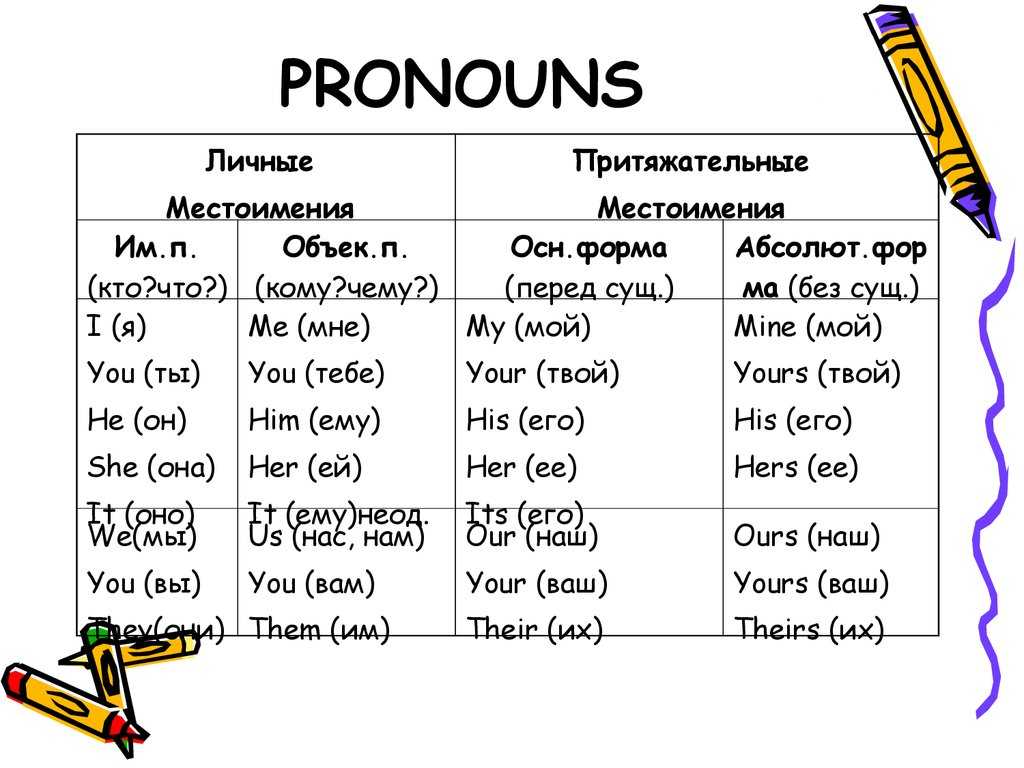
Some disorders can contribute to slower development in learning colors. Children with an autism spectrum disorder might have problems in communicating that they know a particular color. Instead of knowing color words and not being able to give that color substantive meaning, a child on the spectrum can cognitively understand and identify colors but be unable to express the name of the color verbally. If your child has attention deficit disorder, it might be difficult to get them to pay attention when teaching colors. This can also lead to delays. For children with either of these challenges, try to avoid distractions and keep anxiety levels low when playing games or doing activities to help your kids learn their colors.
Colorblindness can also limit a child’s ability to learn colors correctly. Colorblind kids have problems distinguishing between particular colors. The specific problem colors can vary from person to person. The extent to which colorblindness affects someone can also differ substantially. The problem amplifies when multiple colors are on top of one another, such as a red bow on a green shirt. If you have concerns, it is best to see a doctor.
The extent to which colorblindness affects someone can also differ substantially. The problem amplifies when multiple colors are on top of one another, such as a red bow on a green shirt. If you have concerns, it is best to see a doctor.
To understand how to teach colors to toddlers, it is important to keep in mind the different facets of color learning. When your kids learn their colors, it is more than memorization. They show the ability to identify, match, and name different colors. When you say a color out loud, your child should be able to choose the corresponding color. Your kid should also be able to see two objects of the same color and be able to put them together. Finally, your child should learn the correct name for each color. You might find that your child excels at some but not all aspects of color interpretation. That is okay, and development occurs in time. Your child has an easier time learning primary colors before venturing into different gradients of color.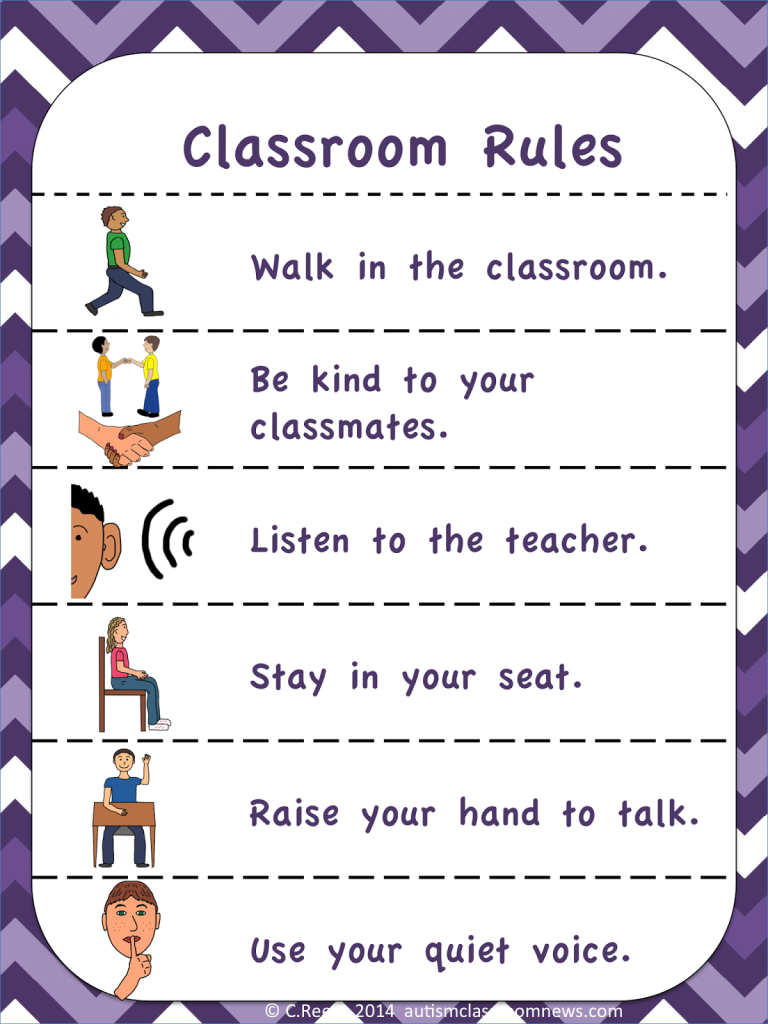 Start small when you teach your children about color and build on their knowledge over time.
Start small when you teach your children about color and build on their knowledge over time.
If you are wondering how to teach colors to toddlers, a simple way to improve your kids’ abilities to understand colors is to interactively immerse them into it. Paint with your children. Start with bright colors like yellow or red, as young children naturally like those pigments. You can focus on one color a week to make it easier. As your child develops, add in more colors. Buy glitter glue, stamps, or craft items of the corresponding color that you can add into the mix. As your toddlers grow, you can talk about how the colors mix and form new colors.
2. Play a Color Sorting GameSale
Skoolzy Rainbow Counting Bears Toddler Toys For 3 Year Old Gifts Stocking Stuffers, Sorting Cups, Montessori Sensory Toys, 1 Preschool Learning Activities Math Games Dice Toy, Montessori Tongs, 2 Bags
- PRESCHOOL LEARNING TOYS with BEAR DICE: Children will find MANY WAYS TO PLAY.
 The counting BEARS with CUPS & bear DICE make for fun toddler games. As occupational therapy toys for toddlers, preschool and k-3 boy or girl; these occupational therapy gifts will the improve hand-eye coordination and fine motor skills development of your 3, 4, 5 or 6 year old preschoolers to learn to add, count, sort, match & stack
The counting BEARS with CUPS & bear DICE make for fun toddler games. As occupational therapy toys for toddlers, preschool and k-3 boy or girl; these occupational therapy gifts will the improve hand-eye coordination and fine motor skills development of your 3, 4, 5 or 6 year old preschoolers to learn to add, count, sort, match & stack - TODDLER EDUCATIONAL TOYS: Great STEM educational math manipulatives for preschoolers and christmas present that includes rainbow color sorting & counting activities designed to MOTIVATE AND STIMULATE YOUR CHILD'S MIND. The bear counters are also great as sensory autism toys or math Montessori toys for toddlers. The toddler toys work as baby learning toys for 3 year old boys and girls to make fun toddler activities. They are useful for preschool learning toys for 4, 5 or 6 year olds.
Last update on 2022-11-13 / Affiliate links / Images from Amazon Product Advertising API
Make learning colors into a game with color sorting, such as Skoolzy Rainbow Counting Bears.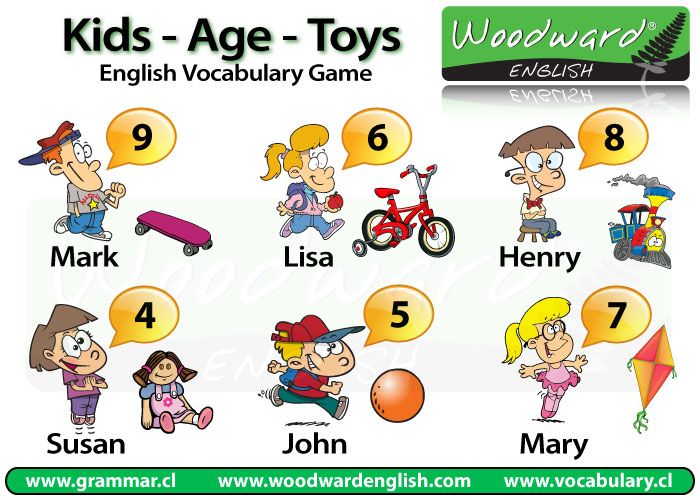 It comes with red, yellow, blue, green, orange, and purple bears, along with coordinating cups. Kids can simply have fun putting the bears into the right cups and using the scoop to get the bears back out. You can also have your kid role the large dice to see which color bears to sort. Teaching your kids to sort is also an important development marker at age two. Let your kids come up with their own rules to the game as well. This game aids your child’s development by reinforcing the difference between an object and a color by giving them various objects of the same color.
It comes with red, yellow, blue, green, orange, and purple bears, along with coordinating cups. Kids can simply have fun putting the bears into the right cups and using the scoop to get the bears back out. You can also have your kid role the large dice to see which color bears to sort. Teaching your kids to sort is also an important development marker at age two. Let your kids come up with their own rules to the game as well. This game aids your child’s development by reinforcing the difference between an object and a color by giving them various objects of the same color.
When you need a game that reinforces color learning that you can play indoors or outdoors, try something physical. Fill a bucket with colorful objects. Choose individual items that have a consistent color throughout to avoid confusing your kids. Try colorful hairbrushes or small stuffed animals that are all one color. Call out a specific color. Have your kids pull a corresponding item out of the bucket and run to you with it.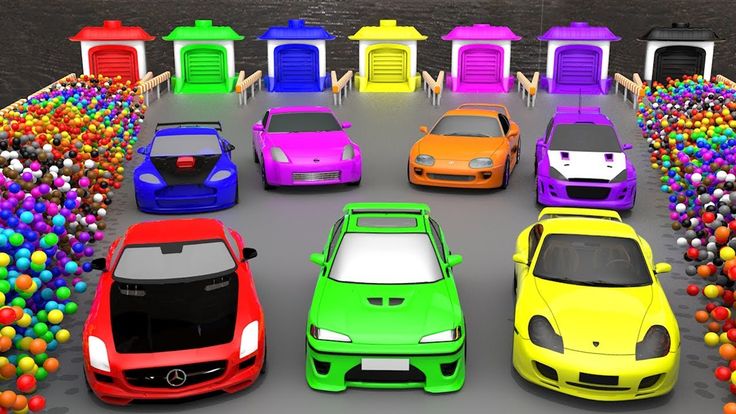 You can make it more adaptable to the outdoors by using different color water balloons. Then have them run and throw it. Your kids will want to get the right colors to keep playing the game.
You can make it more adaptable to the outdoors by using different color water balloons. Then have them run and throw it. Your kids will want to get the right colors to keep playing the game.
Sale
Kidzlane Color Matching Egg Set - Toddler Toys - Educational Color & Number Recognition Skills Learning Toy…
- TERRIFIC TODDLER LEARNING TOY 🎨: 12 charming eggs in a carton will help preschoolers learn to count, sort, and match! Each plastic egg contains a different color and number, with corresponding pegs and holes.
- GAIN BASIC LIFE SKILLS 🎨: Start building smart minds with the right educational toys! These bright, interactive eggs will improve hand dexterity, color recognition, and fine motor skills while engaging little minds.
Last update on 2022-11-14 / Affiliate links / Images from Amazon Product Advertising API
Matching colors together can help reinforce the concepts of internalizing color learning.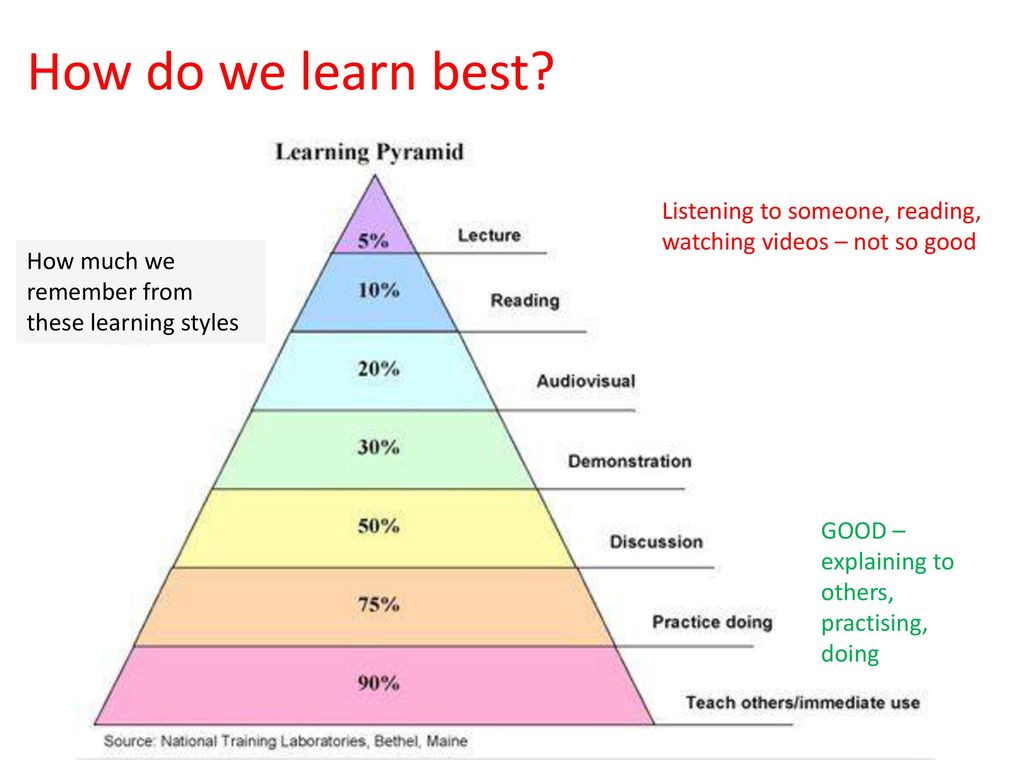 Kidzland’s Color Matching Egg Setlets kids crack open an egg to see different colors. To put the eggs back together, kids have to choose the same color of eggs. As your kid grows, this can be useful for pretend cooking and learning to count as well.
Kidzland’s Color Matching Egg Setlets kids crack open an egg to see different colors. To put the eggs back together, kids have to choose the same color of eggs. As your kid grows, this can be useful for pretend cooking and learning to count as well.
Along with other activities that help children learn matching and identification, flashcards can help with naming. A stack of cards with an object of a certain color and a written name reinforces the color words, especially as your child learns the alphabet and starts putting words together. When you go through the flashcards with your child, sound out and point to the words as well. Although you can use flashcards with any toddler, this is a great way to teach older toddlers about colors.
Your toddler learns colors over a substantial period of time. The rate of learning is different for individual kids. Use the guidelines of knowing at least one color by age three and several by age four as a quick rubric for your child’s development.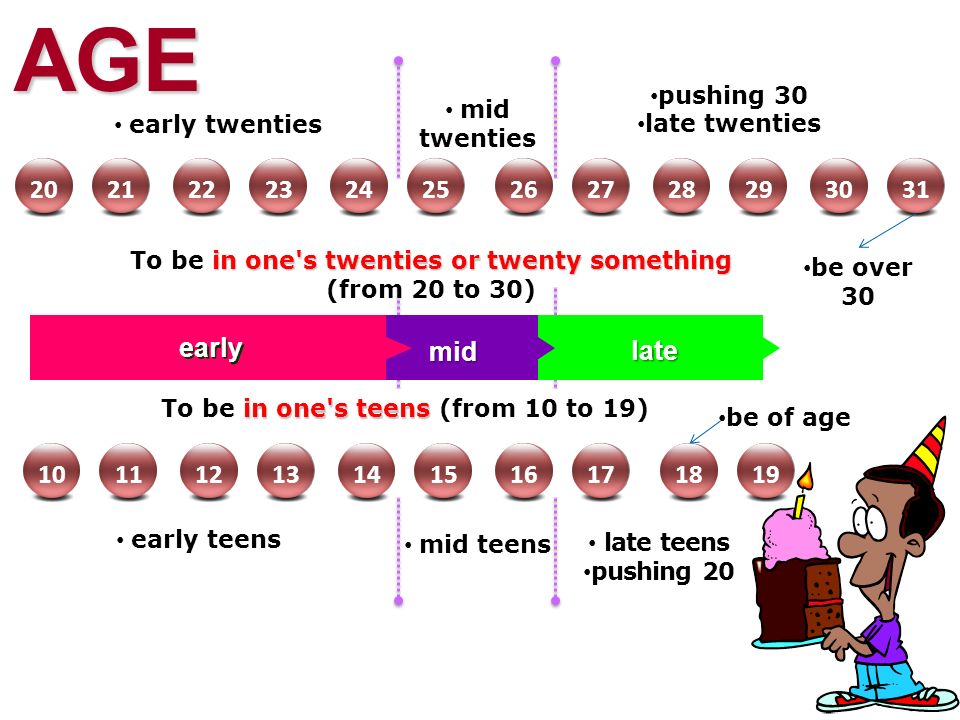 There are lots of fun ways you can engage with your child to teach colors as well as technology like learning tablets. Try these methods to spur your children’s color learning and development.
There are lots of fun ways you can engage with your child to teach colors as well as technology like learning tablets. Try these methods to spur your children’s color learning and development.
Learning colors: how to teach a child to distinguish colors and shades
It is generally accepted that by the age of three a child should learn to distinguish between primary colors. This skill is an important part of sensory development, it gives the child the opportunity to see the world in a new way. Often, if the baby does not know or confuse colors, parents have concerns about the pace of development of the child. Do I need to worry if the study of colors is not easy for a child? How to teach a child to distinguish colors? You will find answers to these questions in our article.
At what age does a child begin to see colors?
Studies have shown that children begin to perceive colors by 2-3 months. The first colors a child sees are yellow, orange, red, green.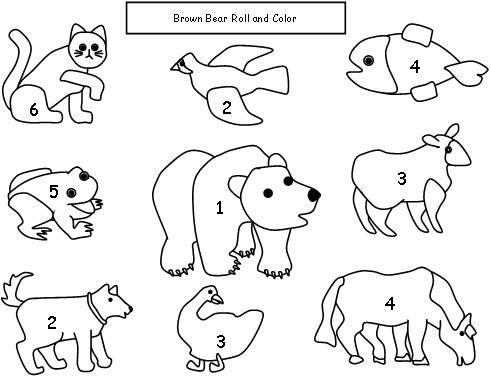 At this age, babies can already react differently to their toys of different colors (for example, a red rattle can please a child more than a blue one), look at bright pictures with enthusiasm. The baby's world quickly acquires colors, but if we talk about the ability to consciously find an object of the right color, then usually it appears in children at the age of one and a half. It is at this age that it is optimal to start learning colors in a playful way. You can voice the names of flowers to a child for up to a year, this will only benefit him. But do not demand too much from the baby, remember that his brain is actively developing, and as soon as the time comes, you will certainly see the results.
At this age, babies can already react differently to their toys of different colors (for example, a red rattle can please a child more than a blue one), look at bright pictures with enthusiasm. The baby's world quickly acquires colors, but if we talk about the ability to consciously find an object of the right color, then usually it appears in children at the age of one and a half. It is at this age that it is optimal to start learning colors in a playful way. You can voice the names of flowers to a child for up to a year, this will only benefit him. But do not demand too much from the baby, remember that his brain is actively developing, and as soon as the time comes, you will certainly see the results.
To see if your child is ready to learn colors by playing with building blocks, ask your child to point to a part that is the same color as yours. If the baby can find objects of the same color, then he is quite ready to memorize the names of colors.
Learning colors in everyday life
Children get most of their knowledge about the world in everyday life: communicating with adults and peers, observing nature, playing. The study of flowers is no exception. Sometimes a child does not need to do special exercises to learn to recognize colors. For this, it is enough that he hears the name of the color and associates it with a specific thing. During daily activities, voice for the child what color the objects are around. Whether you are drawing, playing with blocks, looking at cars in the yard, reading, swimming, eating, dressing - in each of these situations, you can gently teach your child to distinguish colors.
The study of flowers is no exception. Sometimes a child does not need to do special exercises to learn to recognize colors. For this, it is enough that he hears the name of the color and associates it with a specific thing. During daily activities, voice for the child what color the objects are around. Whether you are drawing, playing with blocks, looking at cars in the yard, reading, swimming, eating, dressing - in each of these situations, you can gently teach your child to distinguish colors.
It is important that the study of colors does not turn into torture. You should not constantly test the child's knowledge by asking him which color is which. Soon the baby may just start to ignore you. “Let's paint the sun yellow!”, “What a delicious green cucumber!”, “Oh, where did the blue cube go? Here he is!" are examples of how you can gently help your child remember colors.
Games for learning colors and their shades
In order to get your baby interested in learning colors or to reinforce the knowledge they already have, you can offer your child to play special “color” games.
Color Sorting
Sorting games are designed to help children learn to group objects by color. Any materials at hand can be items for sorting: toys, covers, designer parts, cubes, buttons, cereals, pencils, etc. You can organize the game in various ways:
You can come up with as many options for sorting by color, it all depends on your imagination. So that the child does not lose interest in the task, connect the plot of the game with his favorite characters, toys (for example, a cat will eat from a yellow bowl, and a baby elephant from a red one, etc.).
Match a Pair
Help your child learn colors with the Match a Pair series. Ask your child to find a petal for a bug, a pot for a flower, a roof for a house, etc. You can present the baby with a deliberately wrong option and ask to correct the mistakes.
Pick up a patch
Show the child the picture with the missing details.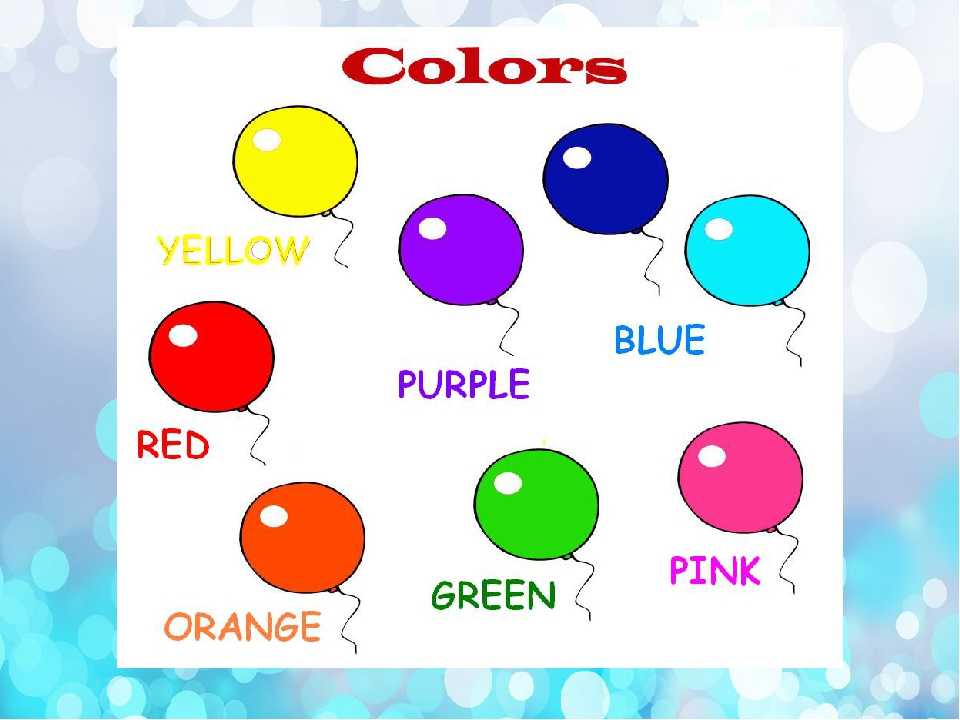 Ask him to fill in the gaps (this can be done with plasticine, pom-poms, caps, cards, etc.).
Ask him to fill in the gaps (this can be done with plasticine, pom-poms, caps, cards, etc.).
Color Lotto
At the age of about one year, children begin to be interested in various lottos. In the color lotto, the task is to collect pictures of the same color on the card.
Colored Sensory Boxes
Create a sensory box for your baby where everything is the same color. During the game, the child will be able not only to remember the color that he sees, but also to develop fine motor skills, tactile sensitivity, thinking, and imagination.
Color days
This is one of the most interesting and popular ways to teach your child to distinguish colors. Its essence is that during the day (or several days) you draw the child's attention to objects of a certain color. For example, on a yellow day, you can dress in yellow clothes, play with yellow toys, draw a yellow chicken. Surrounded by one color, the baby will easily remember it.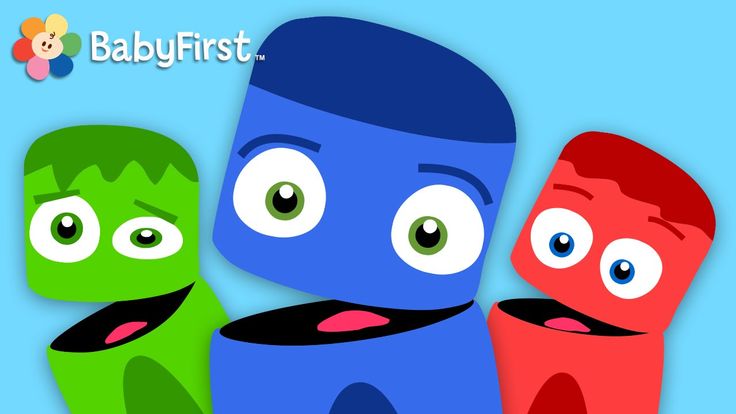
Cards for learning colors
You can learn colors with your child using cards. With the help of Doman's "Colors" cards, you can introduce your baby not only to the main colors, but also to different shades. It is important not to overload the child with unnecessary information about the names of 10 shades of green or red. Learn only those shades whose names you can use in the game and life.
Board games for learning colors
Board games are a great way to learn about colors and consolidate knowledge about them. Currently, the stores offer a wide range of similar games for every taste and budget. Choose a game that suits your child.
Educational cartoons
There are many educational cartoons on the Internet that will help your child memorize colors quickly. Here is one of them:
Educational books
If your little one loves to listen to stories and look at pictures, this is the way for you. We all remember the wonderful story of V.G. Suteev "Rooster and paints", by S.Ya. Marshak has a whole “Colorful book”. You can also find many educational books that will become your faithful assistants.
We all remember the wonderful story of V.G. Suteev "Rooster and paints", by S.Ya. Marshak has a whole “Colorful book”. You can also find many educational books that will become your faithful assistants.
Conclusions
We have listed for you different color learning games. In order for a child to master the concept of color well, it is worth adhering to a number of principles: do not rush the baby, provide a variety of material for games, discuss what you see.
Conclusion
You can start studying colors from an early age, the main thing is that it is interesting for the child. It is impossible to specify clear age limits when a child should learn primary colors. This process, like all development, is individual for each baby. The Sozvezdie Development Center has created a Montessori environment for kids, aimed at the comprehensive development of the child. In the classes "Together with Mom" children in a playful way get acquainted with the concepts of color, shape and size, do thematic creative work. You can learn from our teachers how to interest a child in an activity and how to properly present him with cognitive information. Develop with us!
You can learn from our teachers how to interest a child in an activity and how to properly present him with cognitive information. Develop with us!
Prepared by a Montessori teacher
Sokolova Oksana
At what age should children know colors? How to teach a child to distinguish colors?
- April 22, 2019
- preschool children
- Svetlana Funtova
When it comes to the development of a child, most parents become obsessed, to put it mildly. They worry about when the baby should start walking, talking, at what age children should know colors and shapes. Such a characteristic as color is not isolated enough, so the child needs time to master it. Thanks to the following recommendations and the games presented, any parent will be able to quickly teach their child to distinguish and name shades.
When to teach a child to distinguish colors
Children know that objects have their own color from infancy. However, they cannot tell this until they learn to speak. Therefore, babies are able to distinguish and name colors well only when they reach a certain level of development.
Pediatricians and child psychologists recommend starting the learning process as early as possible, as this contributes to the active work of the brain and the intensive accumulation of information that will later be better absorbed and applied. To properly approach the issue of education, parents need to know at what age children distinguish colors:
- black and white - first 1-2 months;
- yellow and red - from 3-4 months;
- green and blue from 4 months;
- exploration of space and understanding of colors that are far away - 5-8 months;
- at 9-12 months the child sees all colors at any distance, may give preference to any shade.
It is from the age of four months that the baby can distinguish between bright and dull shades, large and small objects. At this time, the child is already clearly oriented whether there is a color or not. We have analyzed when the child begins to distinguish colors. But when to teach, what are they called?
At this time, the child is already clearly oriented whether there is a color or not. We have analyzed when the child begins to distinguish colors. But when to teach, what are they called?
Children as young as 2 years of age can start memorizing shades, and many toddlers are not yet talking. If at this age the child is not able to sort objects by shape, size and color, do not worry. With regular classes, by the age of three, the baby will be able to name objects and give them the simplest description in color and shape. Within the normal range, if he is confused or mistaken.
According to psychologists, preschool children may show color perception disorders. The cause for concern is that by the age of 7 the child has not learned to distinguish colors.
Color Introductory Guidelines
Psychologists and caregivers can tell parents at what age children should know colors and help with individual lessons for a particular baby. In some cases, children are not able to correctly distinguish shades until they are three or four years old.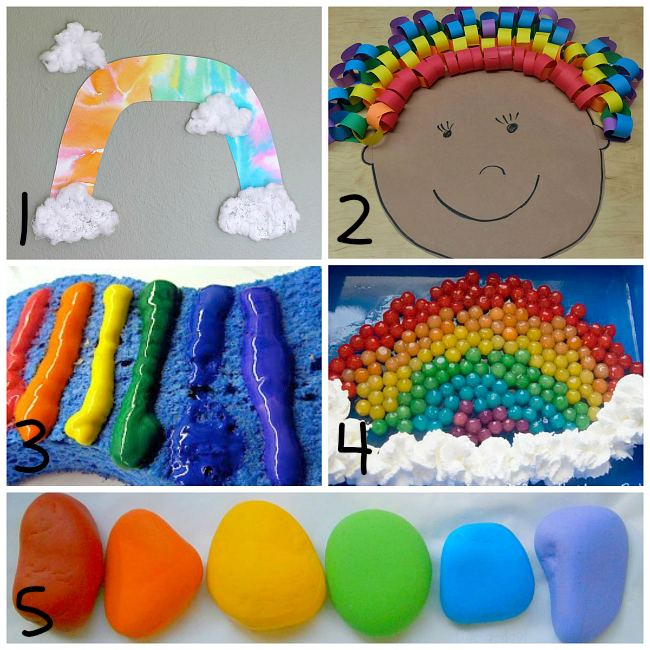 However, starting from a year and a half, you can try tasks for determining colors.
However, starting from a year and a half, you can try tasks for determining colors.
The study of colors can be divided into several stages. Before you start learning the names of shades, you need to make sure that the baby can distinguish them.
At two years of age, children are given simple exercises to sort objects by color. They start with 2-3 colors, for example black and white, while it is important that the objects are the same. That is, the baby should try to separate mugs of 2 colors, red and white beans, etc. By the way, this exercise develops motor skills well.
After mastering such sorting, they proceed to more complex exercises. One of them is sorting colorful objects with a spoon or tweezers. This activity is suitable for children from the age of 3 years, when coordination of movements is well developed.
Stages of learning colors
When parents are sure that the baby has mastered the basic colors, they begin to learn their names. Montessori pedagogy offers learning in three stages.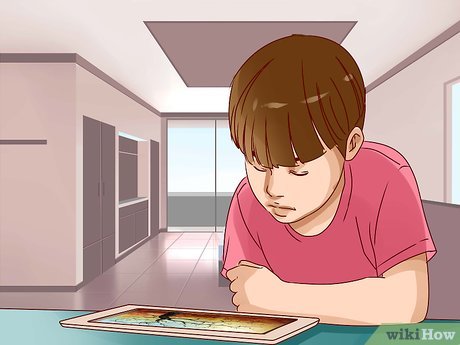 To do this, you will need three objects that are different in color, but similar in shape and size:
To do this, you will need three objects that are different in color, but similar in shape and size:
- An adult shows an object and names the colors of each of them.
- Then he asks: where is blue? Yellow? Red?
- An adult takes an object and asks what color it is.
If the child answers incorrectly, it means that it is too early to move on to the next stage and you need to master the previous stage.
Parents often ask at what age children should know colors and complete steps without mistakes. It is believed that a child at 3-4 years old should know the primary colors and be able to distinguish and associate them. For example, yellow is associated with the sun and chicken.
Educational games
We looked at the age at which children should know colors. This is 3-4 years. To make it easier for a child to master knowledge, teachers offer to play such games:0003
- Bright boxes. The essence of the game is quite simple: you need to take two shoe boxes and paste over with colored paper.
 The kid is offered to collect toys of a certain color in the appropriate box.
The kid is offered to collect toys of a certain color in the appropriate box. - Pyramid. They buy a pyramid with multi-colored rings and collect it together with the child. Stringing each ring, the baby pronounces the color. This game will help the child learn not only colors, but also the concepts of "more", "less".
- Constructor. The child is offered not the usual construction, but the sorting of blocks by color. You can build a yellow road, red and green houses, brown towers.
- Cards. This method is the basis of development for young children, developed by Glen Doman. Cards are cut out of colored paper and glued onto cardboard for density. The baby is shown a color and its name is clearly pronounced. The advantage of this game is that learning can start from an early age. Later, when the child has mastered speech skills, you can get feedback and ask for the names of colors.
- Mosaic. In stores you can find a floor mosaic, working with which the child will learn to determine the color and develop fine motor skills.

- Miracle butterflies. Four butterflies and flowers are cut out of colored cardboard. Flowers are laid out on the table, and butterflies are given to the child. Then the task is voiced: “Plant a yellow butterfly on a yellow flower, a red one on a red one,” and so on. Over time, the task is complicated by making flowers and butterflies two-color.
- Magic rainbow. A large drawing paper is drawn into seven stripes. This is the future rainbow. Different details are glued to each strip in the form of pieces of fabric, leaves, buttons of a certain shade.
Color learning toys
At the age of one and a half, when children begin to distinguish colors, parents should start getting to know each other.
It is best to use bright toys and aids in the learning process. Some of them have already been mentioned: construction set, mosaic, pyramid, but there are other equally exciting toys:
- cubes;
- fruits and vegetables, of plastics;
- dry pool balls;
- colored buttons;
- pencils and coloring books.
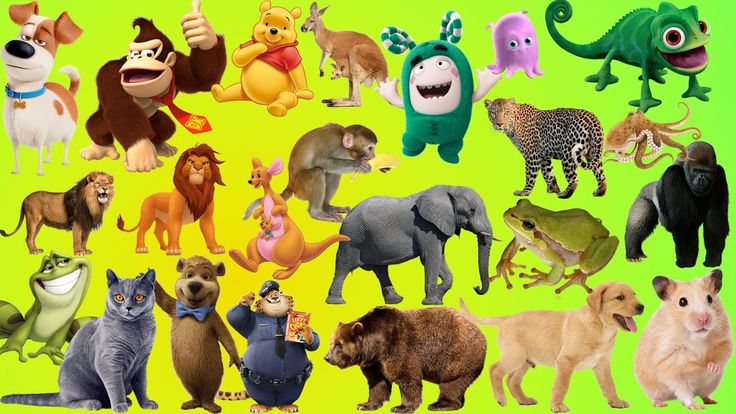
Color Days Game
If you already know how old a child should know colors and want to start learning, we offer an interesting game. It has become widespread among mothers, its meaning lies in the fact that within one day or a week the child constantly gets acquainted with one color.
With this color learning method, your baby will quickly learn the shades without too much pressure. For example, on "green day" the child plays with toys of this color and puts on clothes in green tones.
How else to focus the child's attention on a certain color:
- during a walk, you need to pay the baby's attention to objects of the color corresponding to the day;
- mold plasticine into figures or pictures of this shade;
- find and play with toys of the selected color;
- include more foods of this color in the diet;
- play color lotto.
Other games for 4-5 year olds
We found out when a child should know colors. This is 3-4 years old. But you need to consolidate the knowledge gained later. The process of teaching children is easier and more interesting if you turn it into a game. The presented games will not only please the child, but also allow you to learn colors:
This is 3-4 years old. But you need to consolidate the knowledge gained later. The process of teaching children is easier and more interesting if you turn it into a game. The presented games will not only please the child, but also allow you to learn colors:
- "Confusion". To play, you will need several colored pens with caps or felt-tip pens. The task is to choose the appropriate cap for each pen. An adult may intentionally mix up the colors, the baby will certainly notice and correct the mistake.
- "Superfluous". The child is given several objects of the same color and one of the other, for example, 5 yellow cubes and one green. The kid should show an extra cube and name its color. For older children, make the game more difficult by providing two-color items.
- "Pair". This game is especially liked by children. The child is offered to find a pair of objects of the corresponding color. For example, wheels for a car, a roof for a house. There is another variation of the game: incorrectly paired socks or shoes cut out of colored paper are laid out in front of the child and asked to correct the mistakes.

Doman Flashcards
One of the easiest and most effective ways to teach your child to recognize colors is to use Doman Flashcards. Young parents will not need to spend a lot of effort and time on the learning process, the result will be noticeable in the shortest possible time. However, it needs to be fixed from time to time.
What to do if the baby is confused?
Often, despite all the efforts of parents to develop color perception in a child, everything ends in vain. The baby continues to confuse colors or completely forgets their names. Then parents turn to specialists with the question at what age the child distinguishes colors and how to solve the problem.
The reasons why this happens in children can be very different. Consider the most common of them:
- Each child develops differently. One kid at the age of one and a half years adds up sentences, the other at two and a half years is silent. You can not compare all children, each individual.


